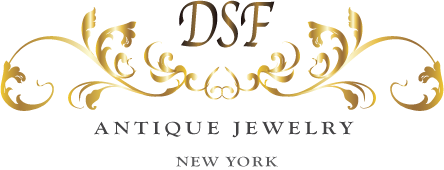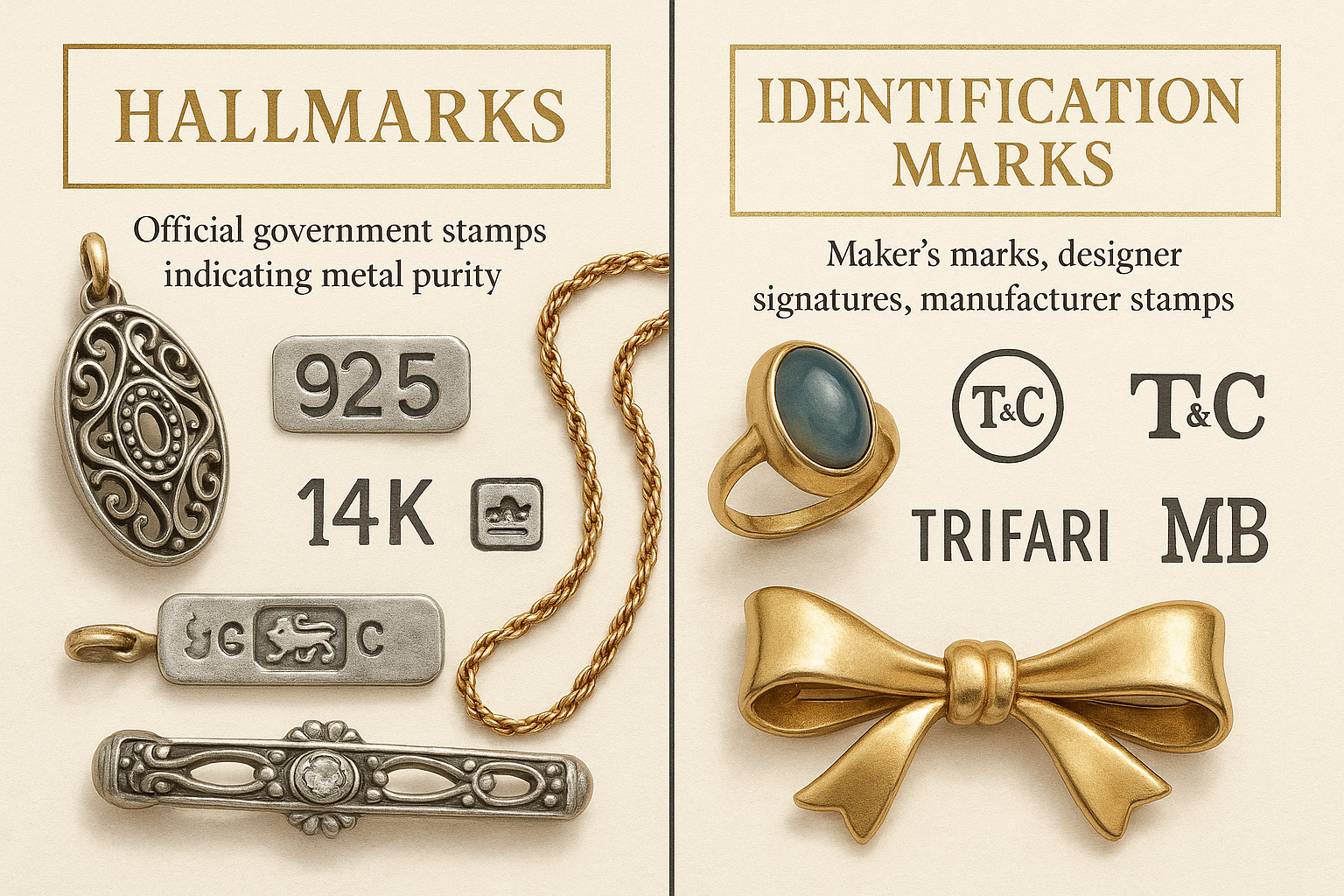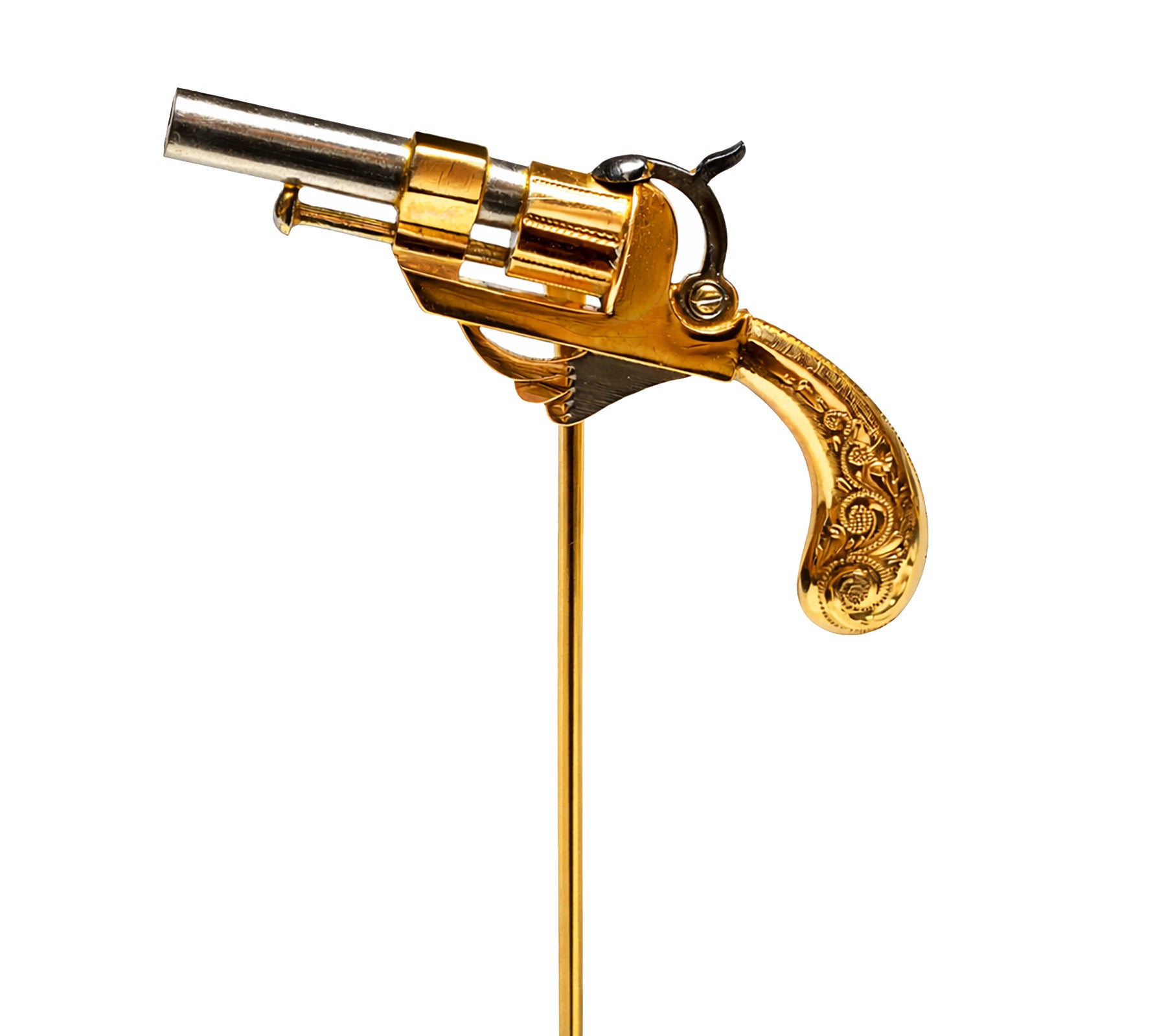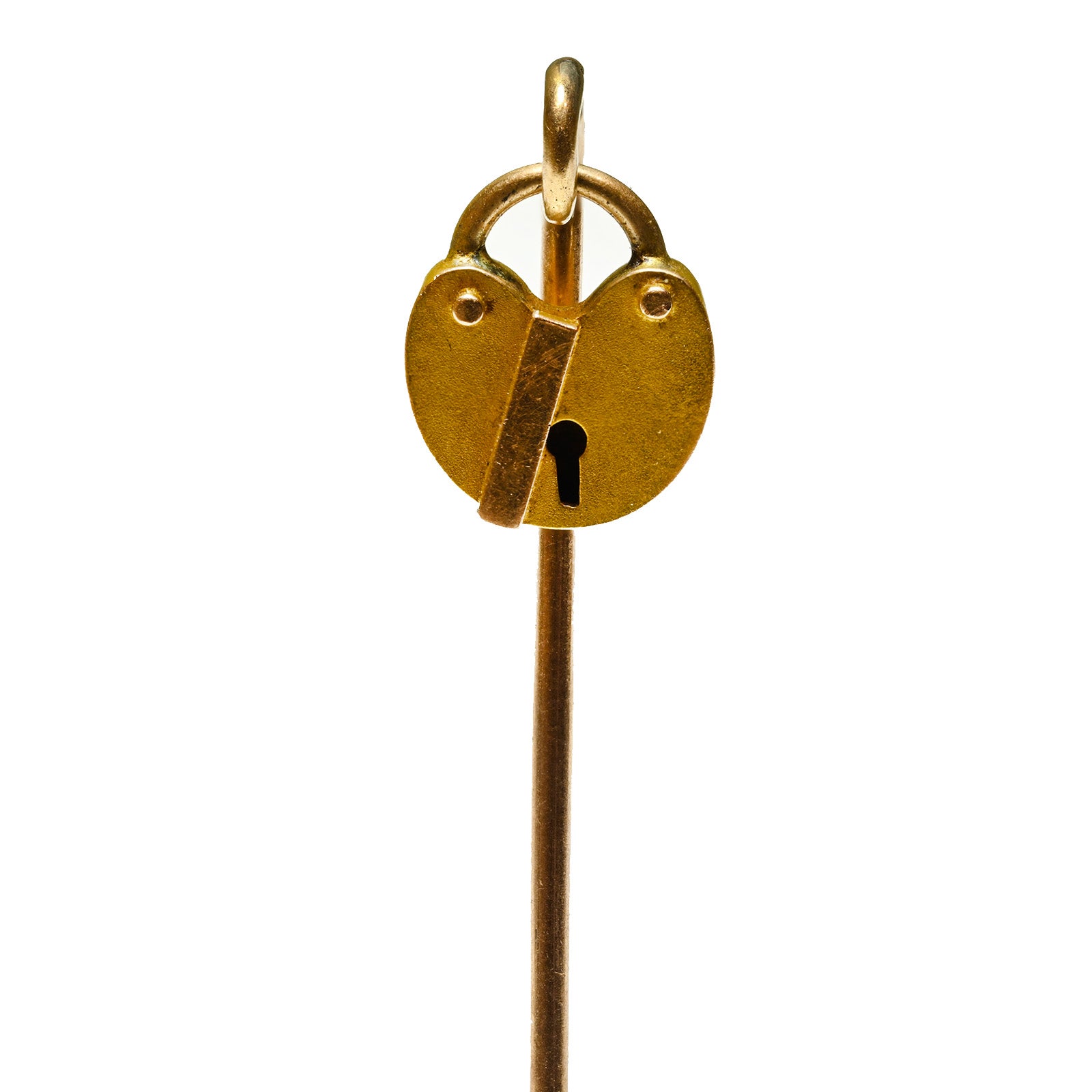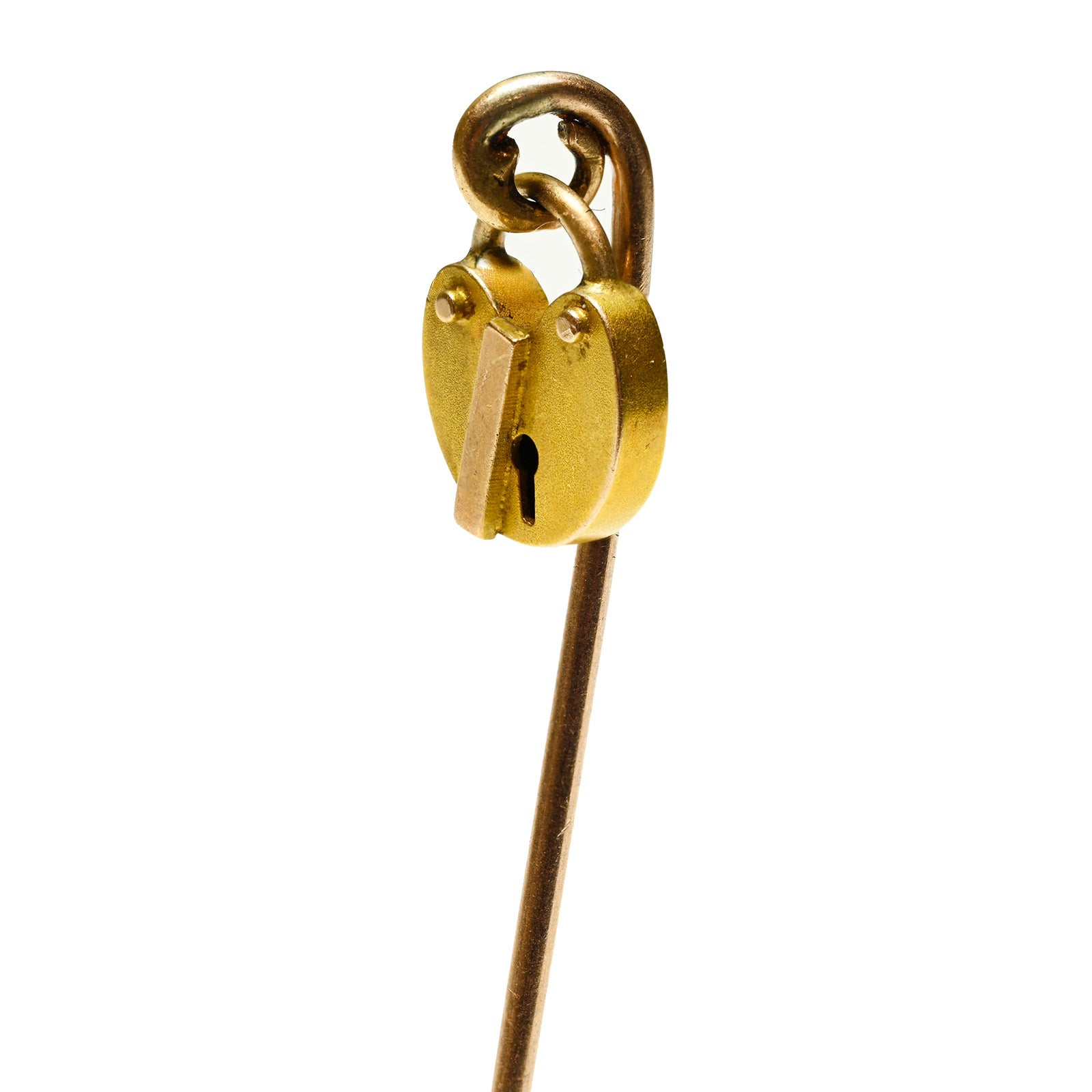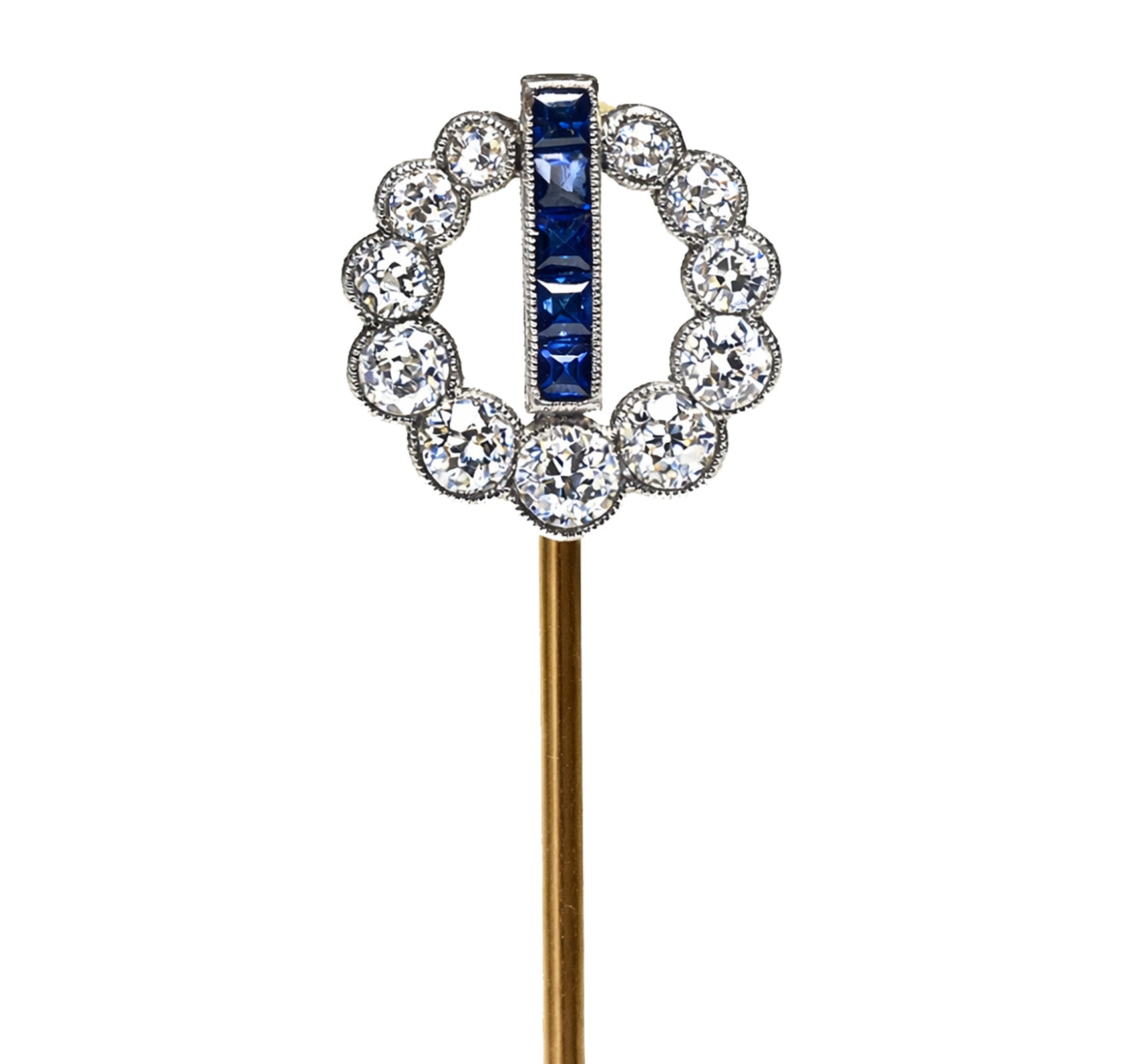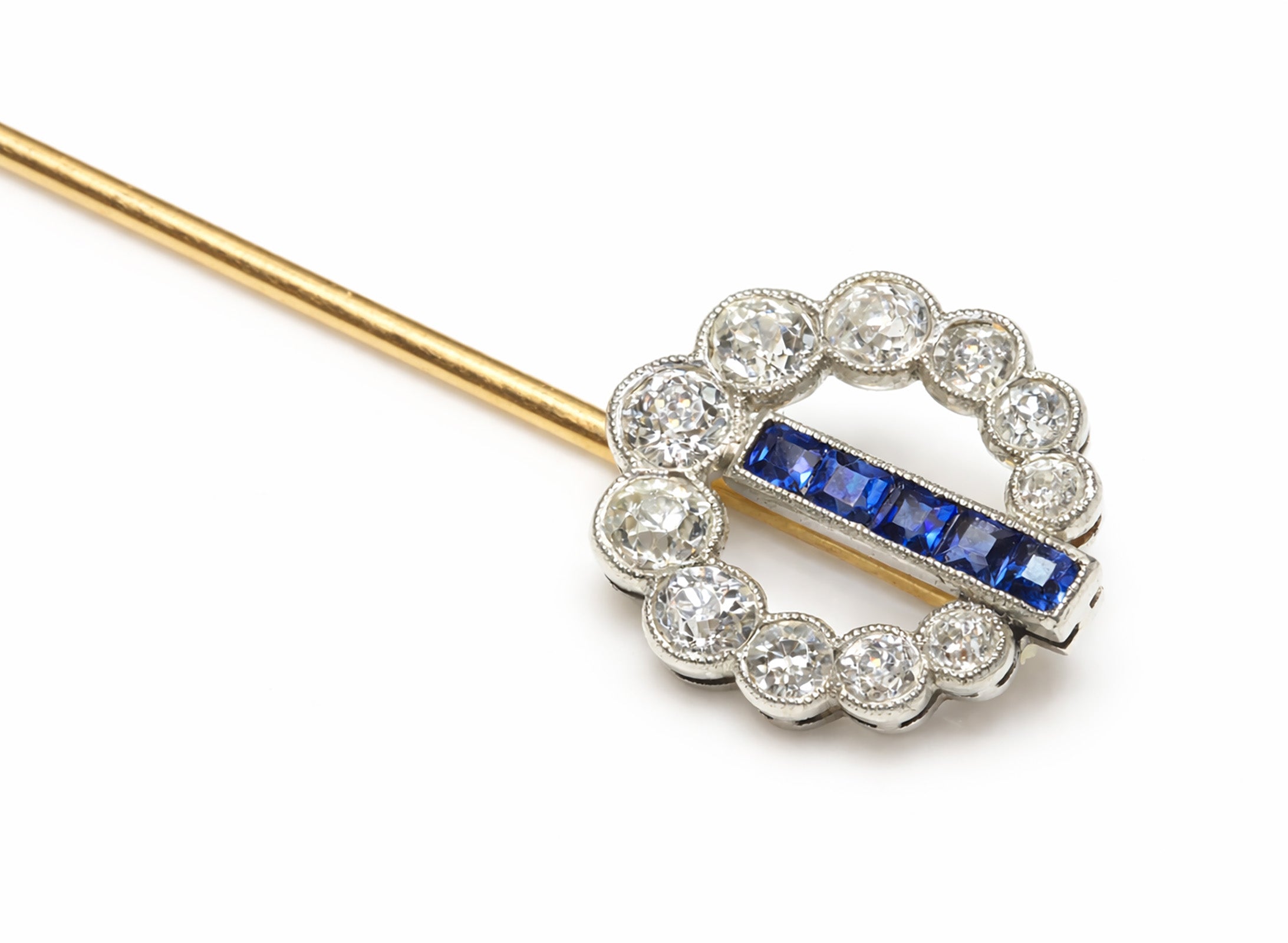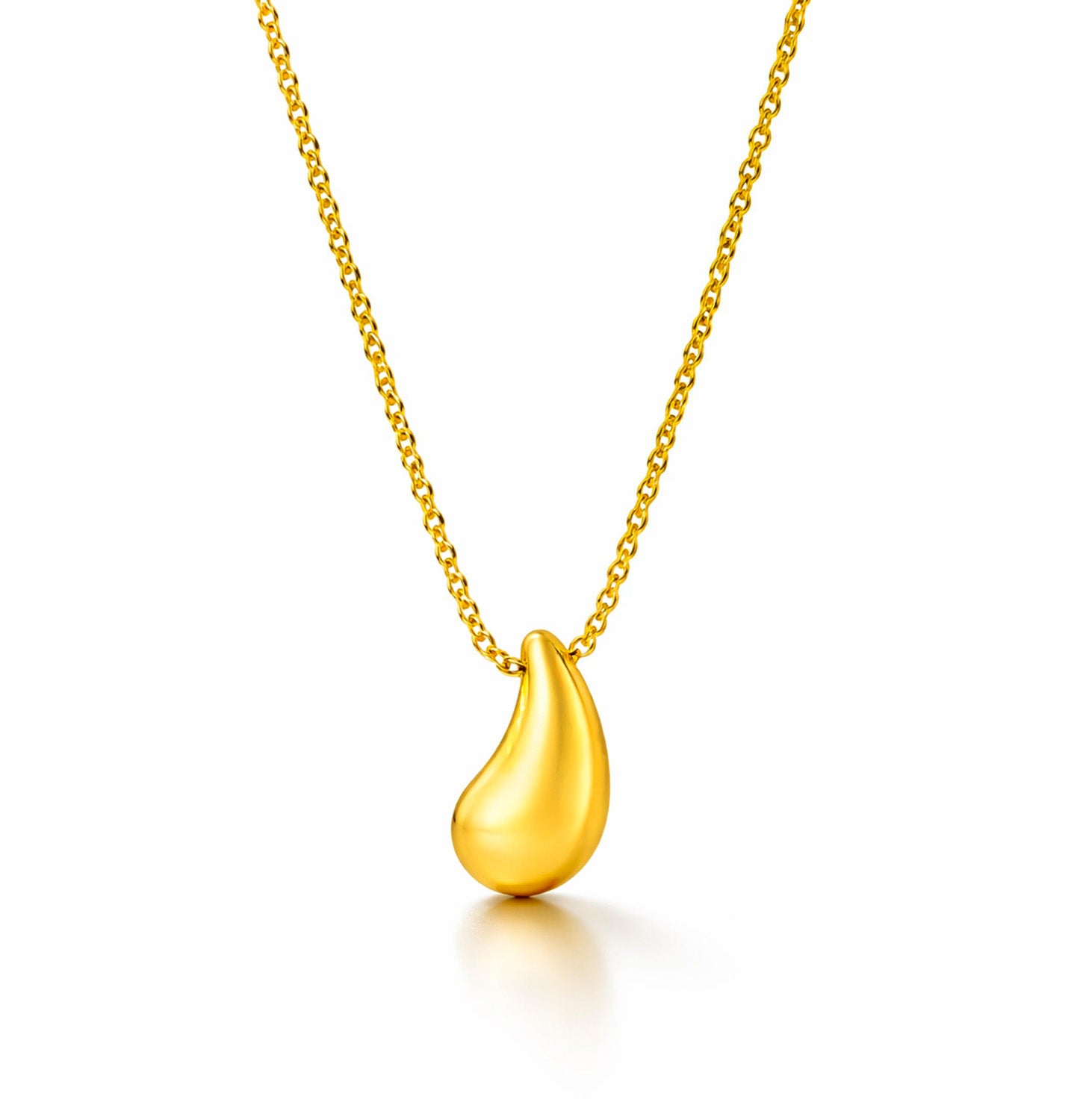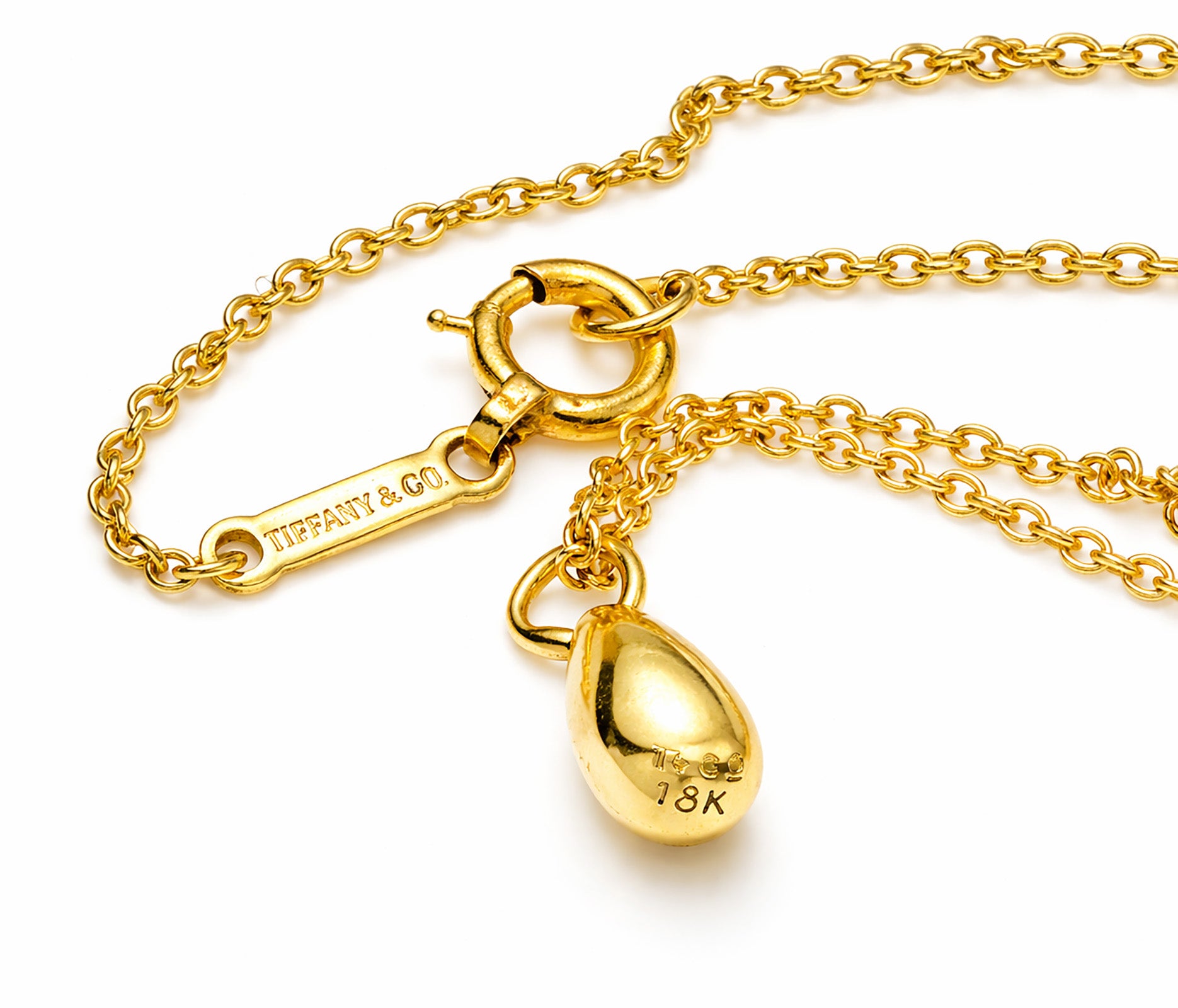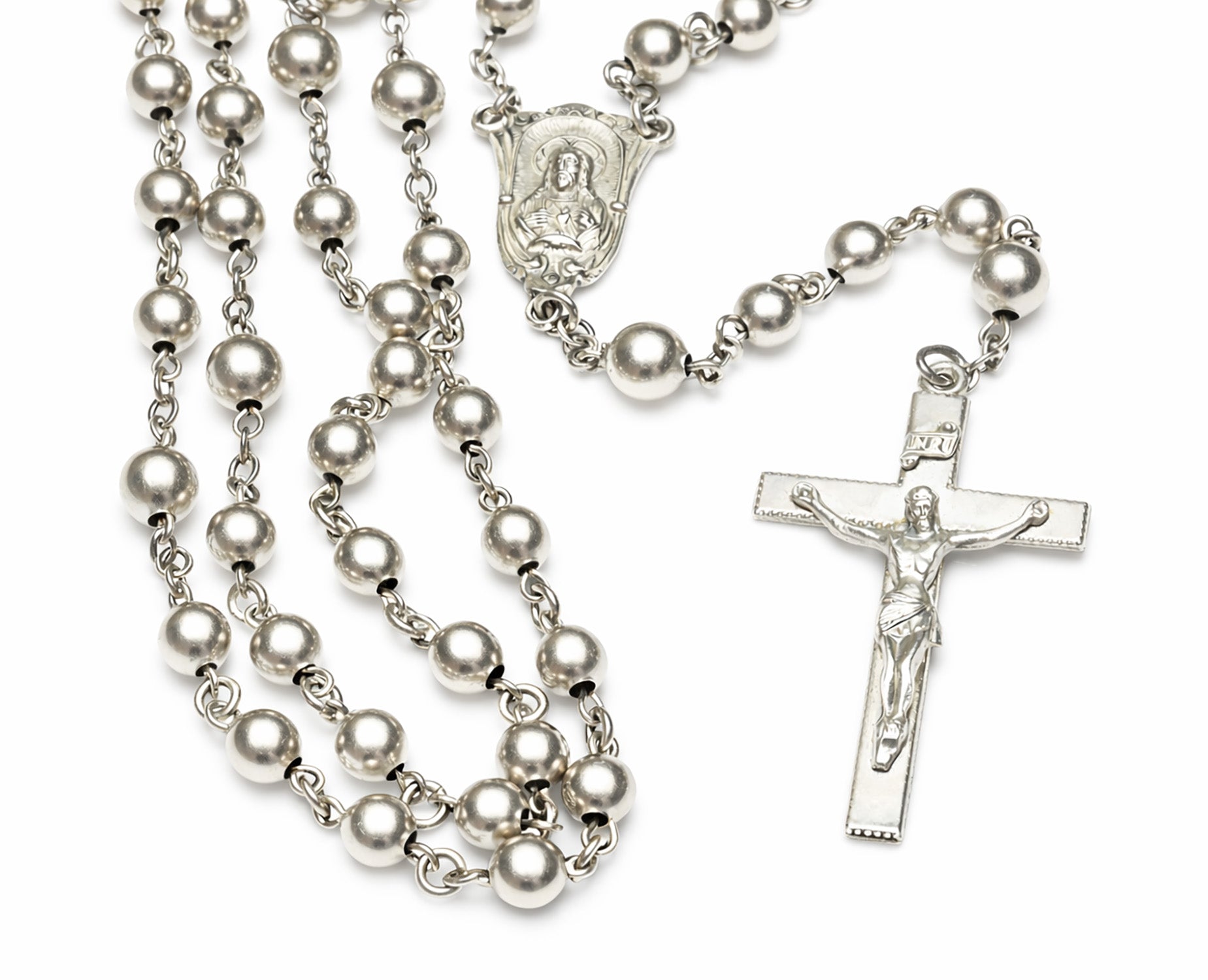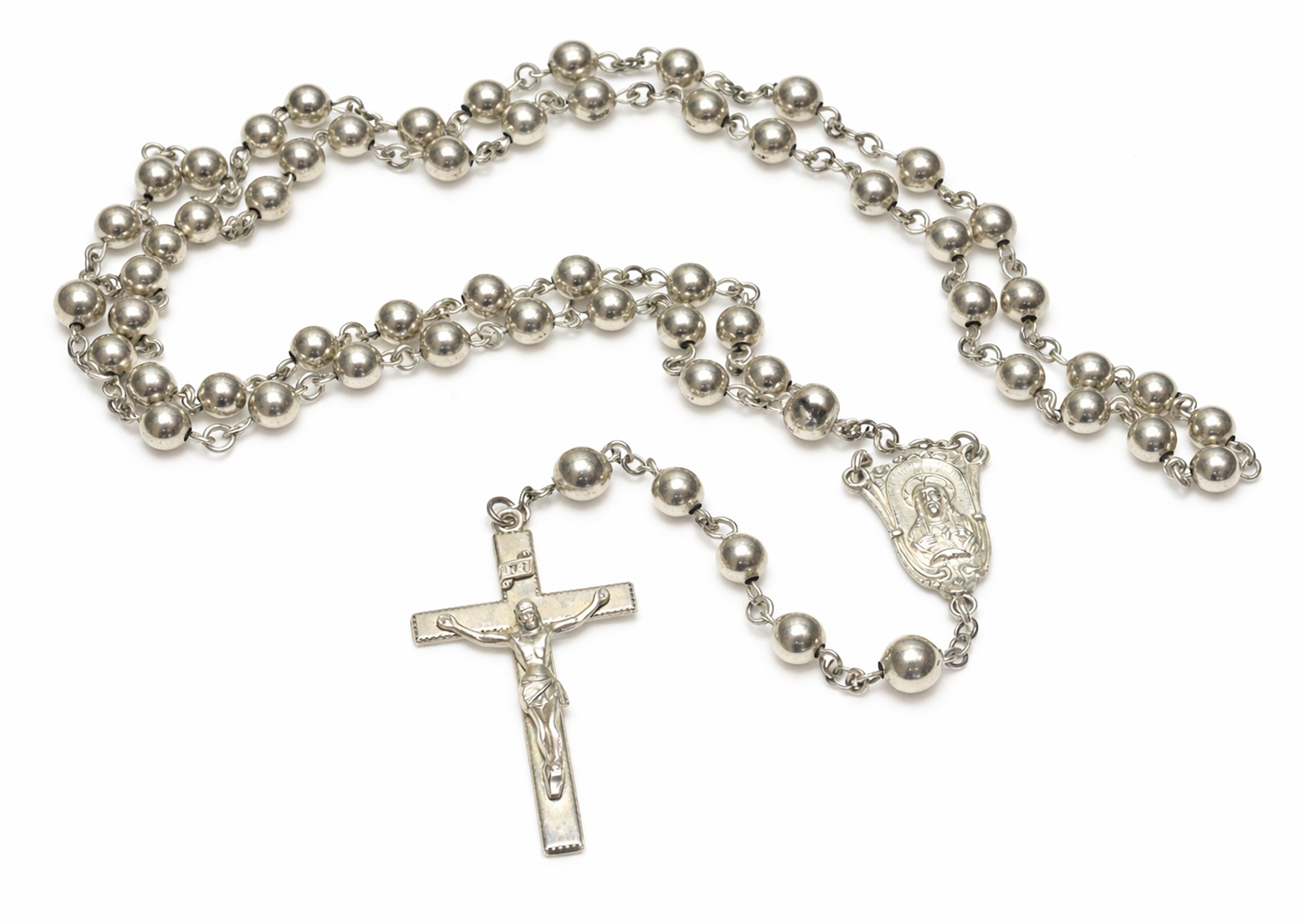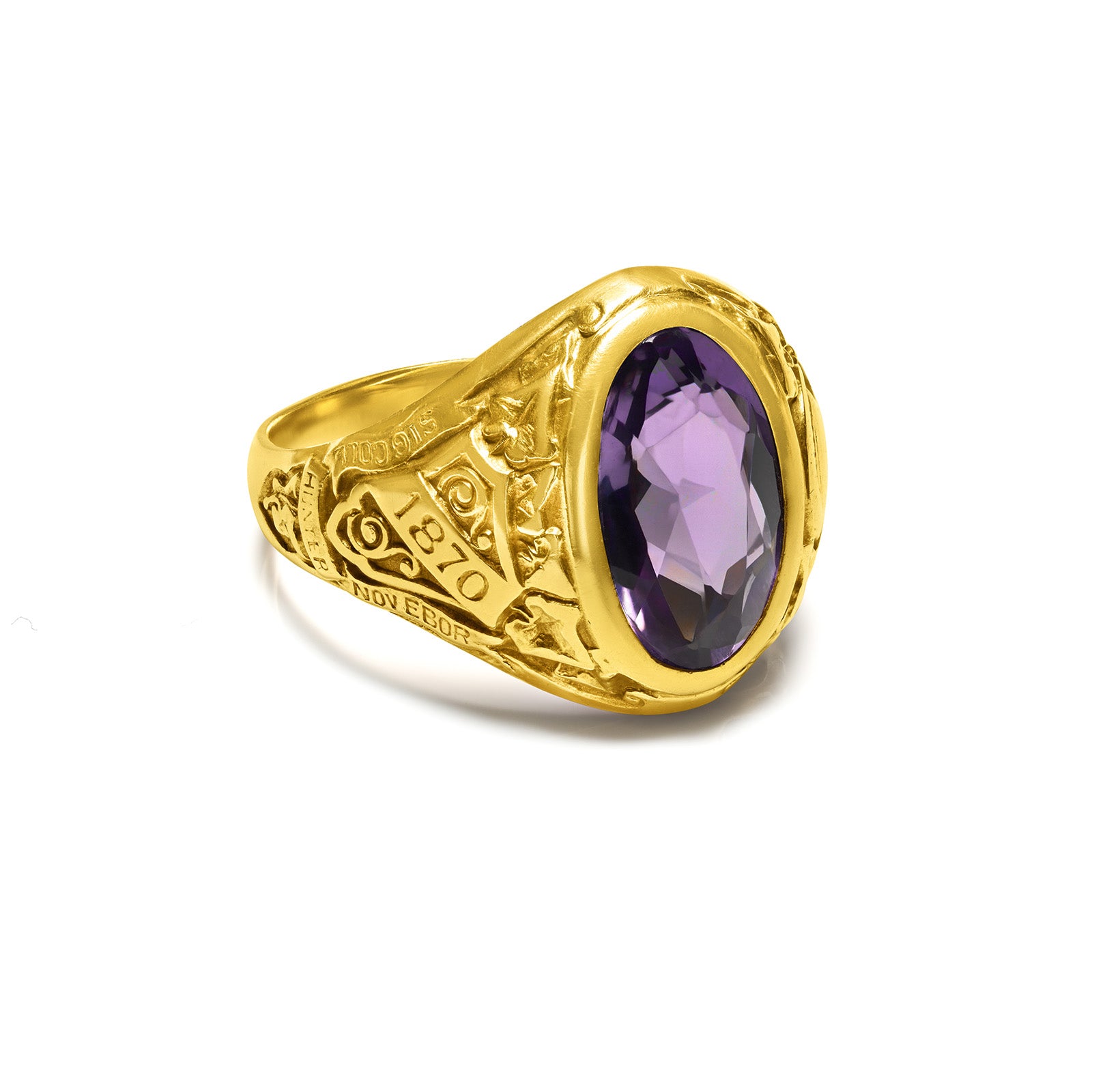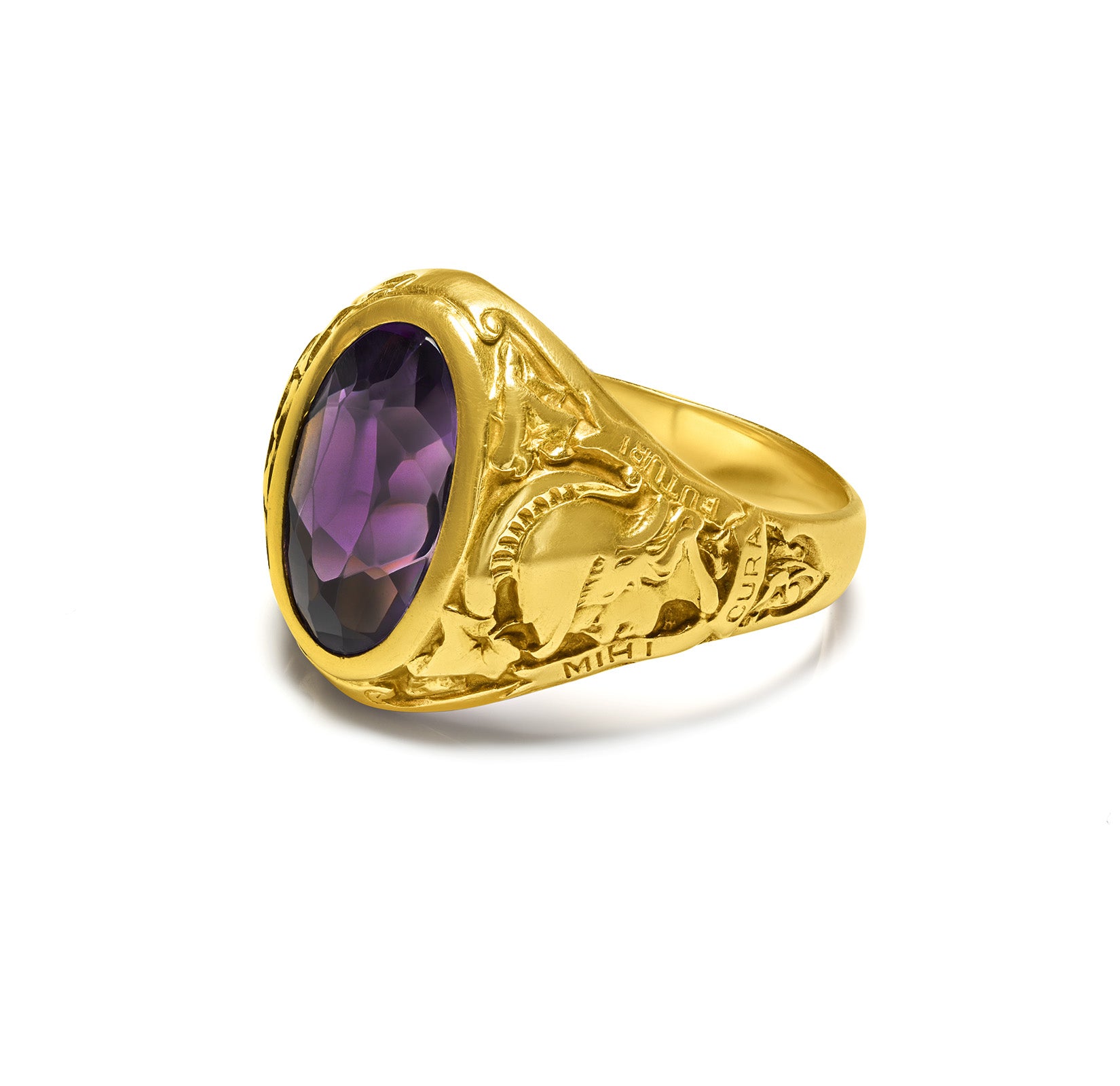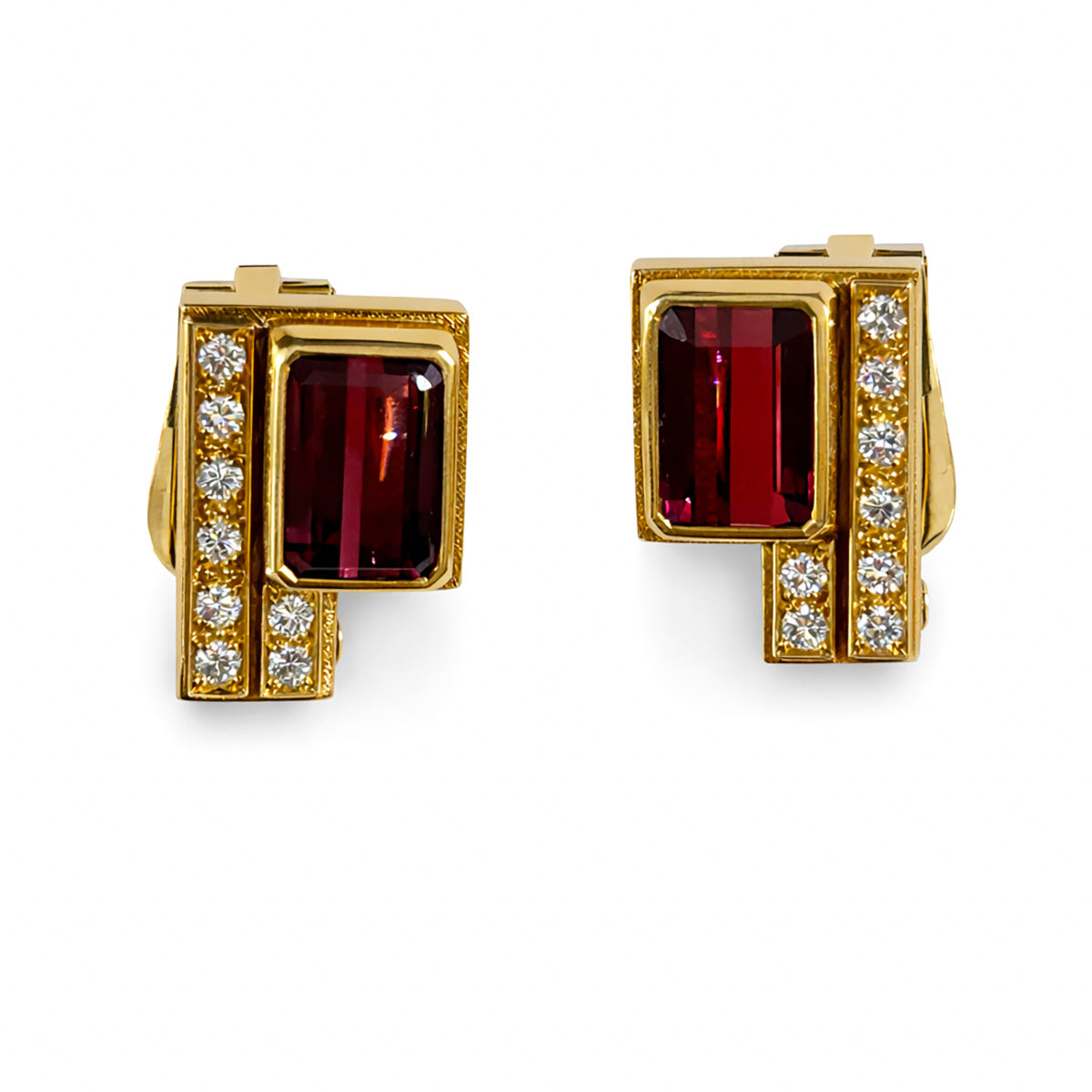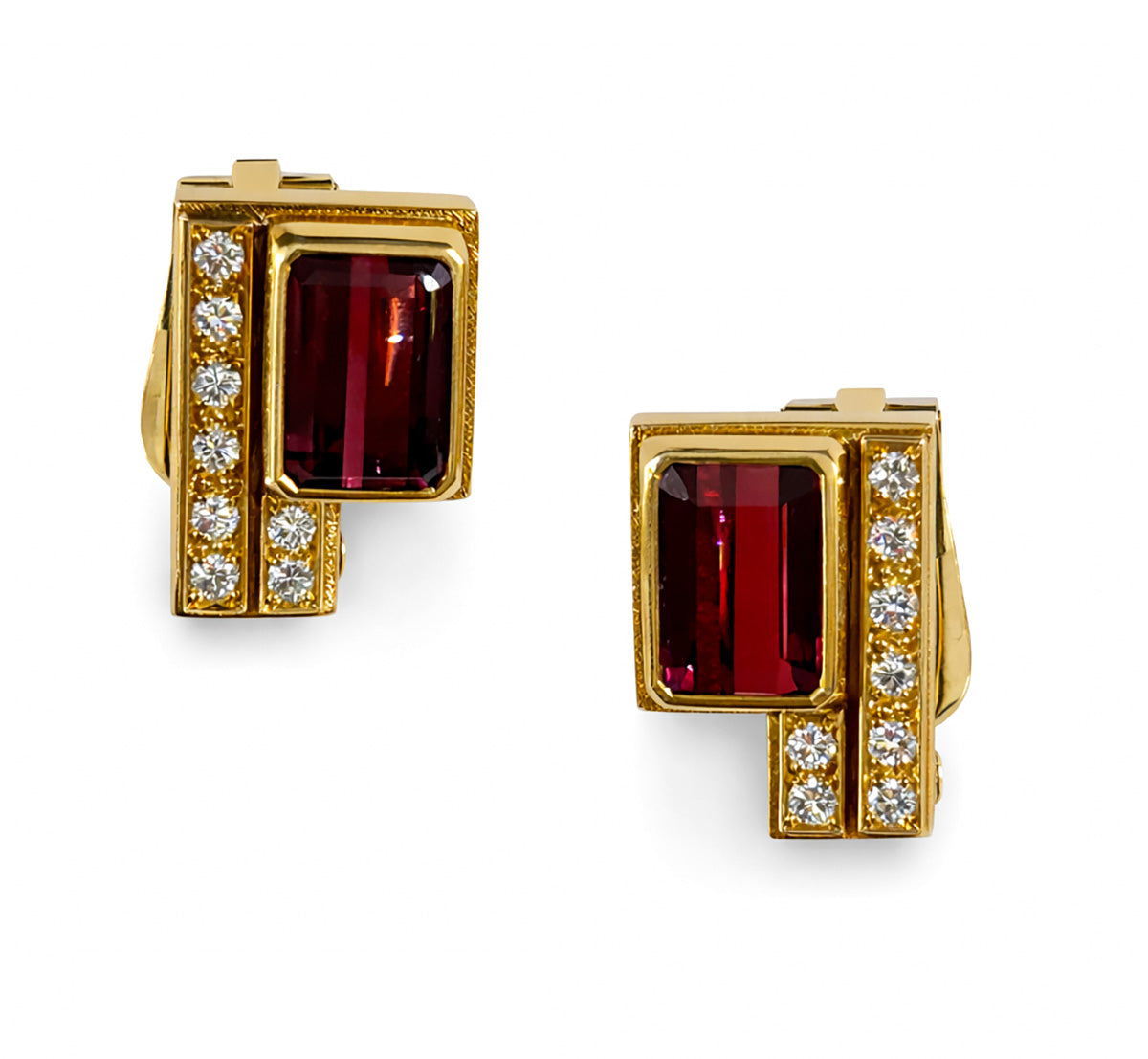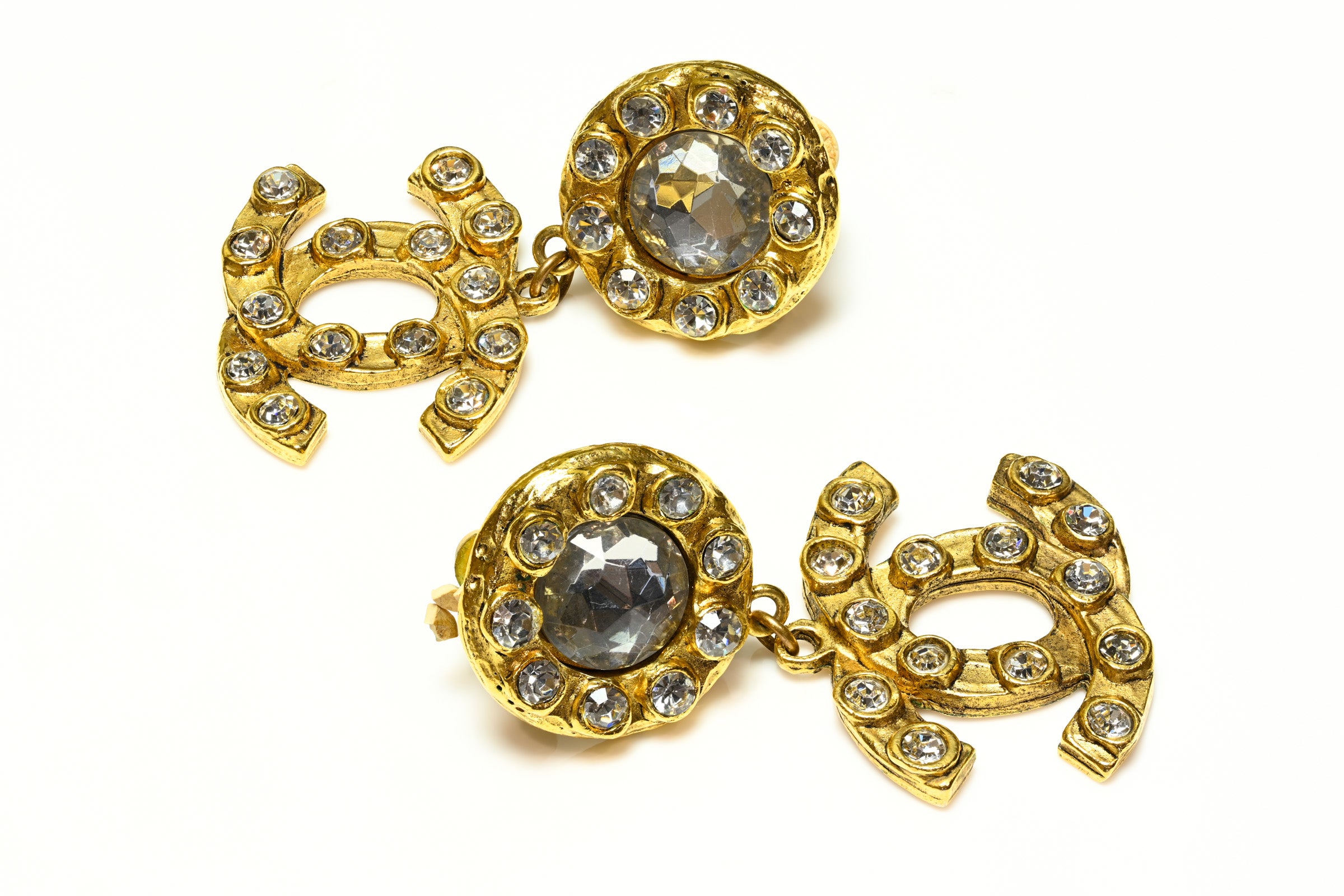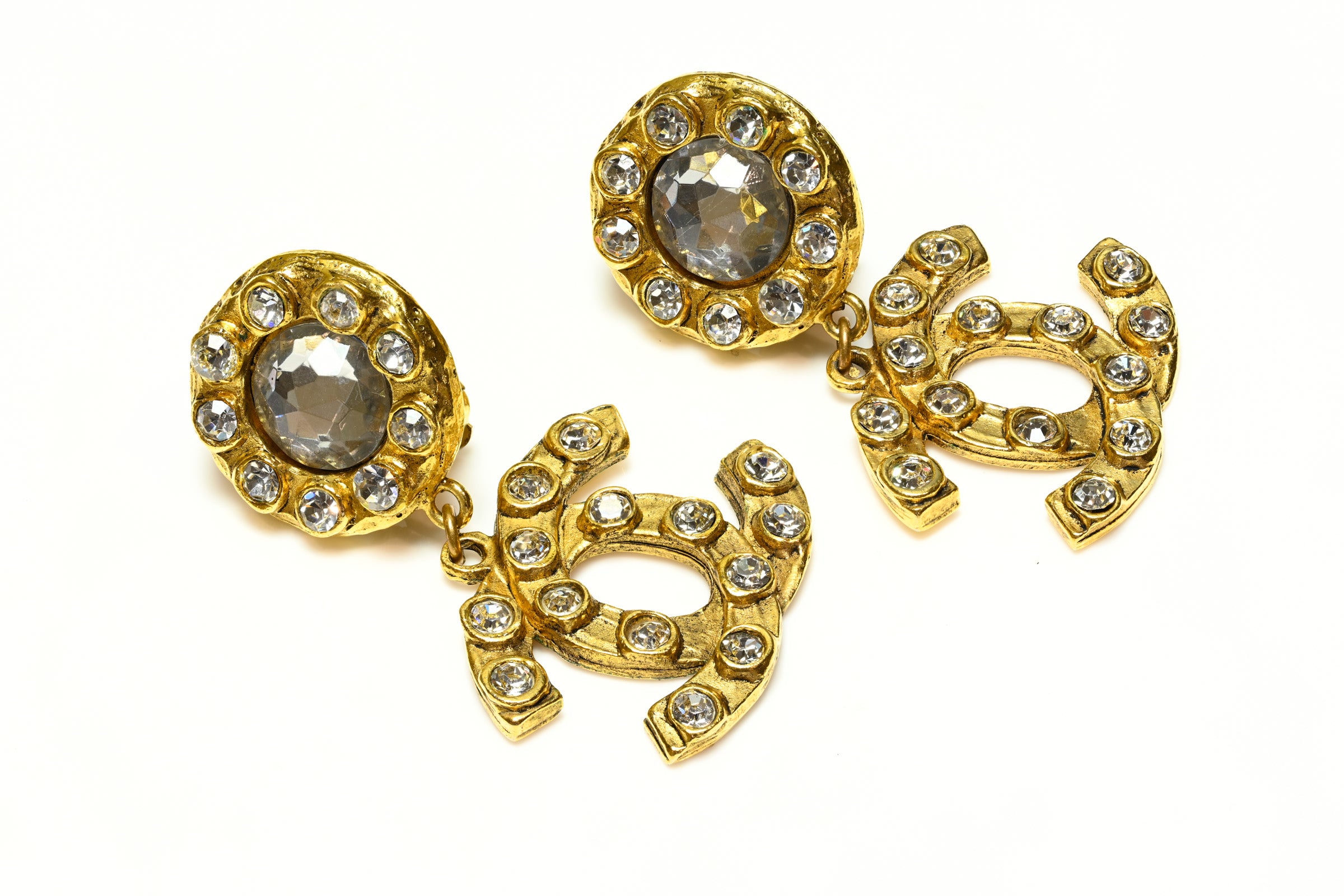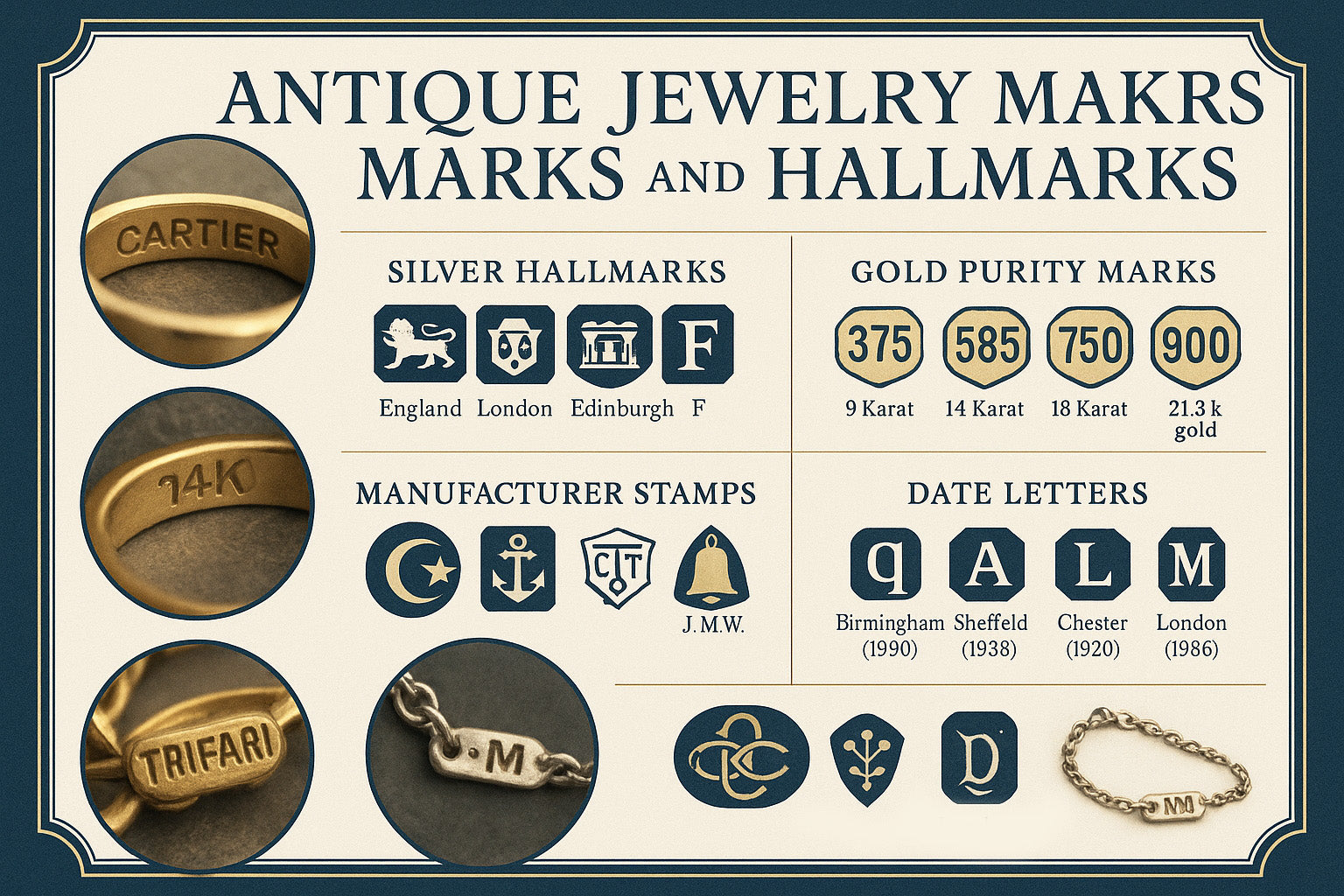
Understanding Antique Maker’s Marks
What Are Maker’s Marks?
A maker’s mark is a stamp or engraving applied by the artisan, workshop, or company that crafted the jewelry. Unlike hallmarks—which are official government-issued marks confirming metal purity—maker’s marks identify who made the piece.
They are often:
-
Initials of the maker (e.g., “AB”)
-
Enclosed in a specific shape (e.g., lozenge, cartouche, rectangle)
-
Accompanied by a symbol (e.g., star, anchor, animal)
-
Registered with official assay offices in countries like France and the UK
These marks help trace provenance, ensure authenticity, and assess value—especially in antique and vintage jewelry.
Maker’s Mark vs Hallmark: What’s the Difference?
| Feature | Maker’s Mark | Hallmark |
|---|
| Purpose | Identifies the creator or workshop | Certifies metal purity |
| Issued by | Jeweler or manufacturer | Government assay office |
| Required? | Often, but not always | Legally required in many countries |
| Common Form | Initials in a shape (e.g., lozenge) | Standardized assay symbols |
| Example | “PM” in a diamond shape | Eagle’s Head for 18K gold (France) |
The French Lozenge System
In France, maker’s marks are engraved inside a lozenge-shaped cartouche—a diamond outline. Inside are:
-
Two or more initials (e.g., “AB”)
-
A symbol or icon (e.g., a star, clover, or animal)
This system is highly regulated and archived, making it one of the most reliable for tracking a jewelry maker’s identity.
Example:
A lozenge with “RL” and a moon may correspond to a specific Parisian jeweler registered in the 19th century.
British Maker’s Marks
In the United Kingdom, maker’s marks are required for hallmarking. They typically consist of:
-
Two or three initials (e.g., “J.S.”)
-
Enclosed in a cartouche with distinctive edges: oval, square, shield-shaped
-
Registered with one of the Assay Offices (London, Birmingham, etc.)
British maker’s marks can be used alongside the hallmark to date and trace the origin of a piece.
American Maker’s Marks
In the U.S., hallmarking is not required by law, but many fine jewelers apply maker’s marks voluntarily. These often include:
-
Brand names (e.g., “TIFFANY & CO.”, “CARTIER”)
-
Logos or monograms (e.g., “VCA” for Van Cleef & Arpels)
-
Serial numbers (especially for signed pieces)
Maker’s marks on U.S. jewelry are typically more brand-driven than artisanal.
Why Maker’s Marks Matter
-
✅ Authentication – A maker’s mark can confirm a piece is genuine and not a replica
-
✅ Attribution – Allows collectors and dealers to trace the workshop or artisan
-
✅ Dating – Helps identify the time period based on registry records
-
✅ Value – Well-known makers (e.g., Lalique, Boucheron) often fetch higher prices
At DSF Antique Jewelry, we carefully research and verify maker’s marks for every piece we sell. When a mark is present, we include macro photographs and detailed attribution whenever possible.


Browse Jewelry with Verified Maker’s Marks
Explore our collection of antique rings, brooches, and objects—each with visible, documented maker’s marks and historical context.
➡ Browse the Collection
Conclusion
Maker’s marks are the artist’s signature in precious metal. Understanding their shapes, origins, and meanings can unlock the true story—and value—of antique jewelry.
Keep a loupe handy and this guide bookmarked as you explore your collection.
